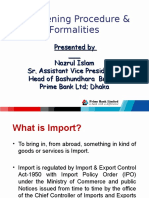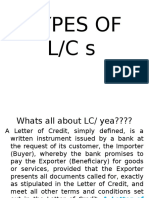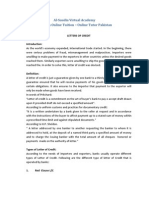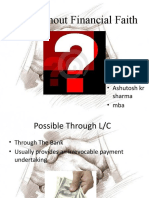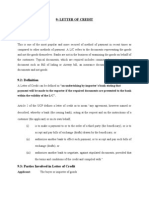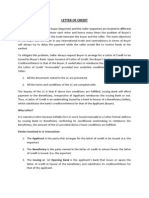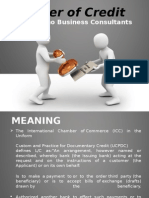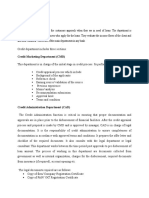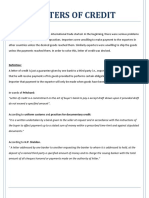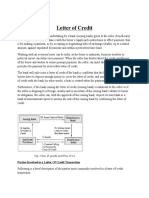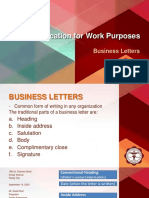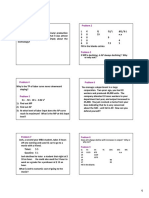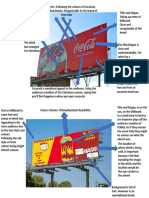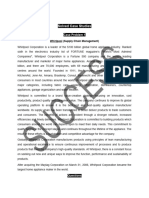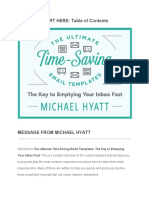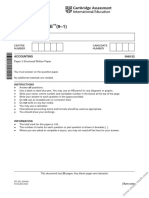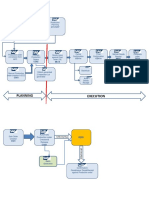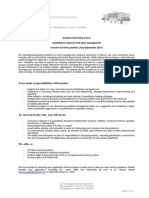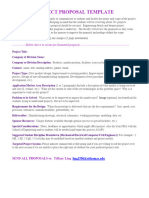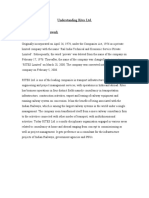0% found this document useful (0 votes)
22 views13 pagesNew CTK
The document outlines various financial instruments used in international trade, including drafts, open accounts, and letters of credit (L/C). It details the types of drafts, the parties involved in L/C transactions, and the procedures for opening and executing L/Cs, along with the necessary documentation and conditions. Additionally, it highlights the general conditions for importing goods, including restrictions and requirements related to country of origin and shipping regulations.
Uploaded by
Fahim HaqueCopyright
© © All Rights Reserved
We take content rights seriously. If you suspect this is your content, claim it here.
Available Formats
Download as PDF, TXT or read online on Scribd
0% found this document useful (0 votes)
22 views13 pagesNew CTK
The document outlines various financial instruments used in international trade, including drafts, open accounts, and letters of credit (L/C). It details the types of drafts, the parties involved in L/C transactions, and the procedures for opening and executing L/Cs, along with the necessary documentation and conditions. Additionally, it highlights the general conditions for importing goods, including restrictions and requirements related to country of origin and shipping regulations.
Uploaded by
Fahim HaqueCopyright
© © All Rights Reserved
We take content rights seriously. If you suspect this is your content, claim it here.
Available Formats
Download as PDF, TXT or read online on Scribd
/ 13

